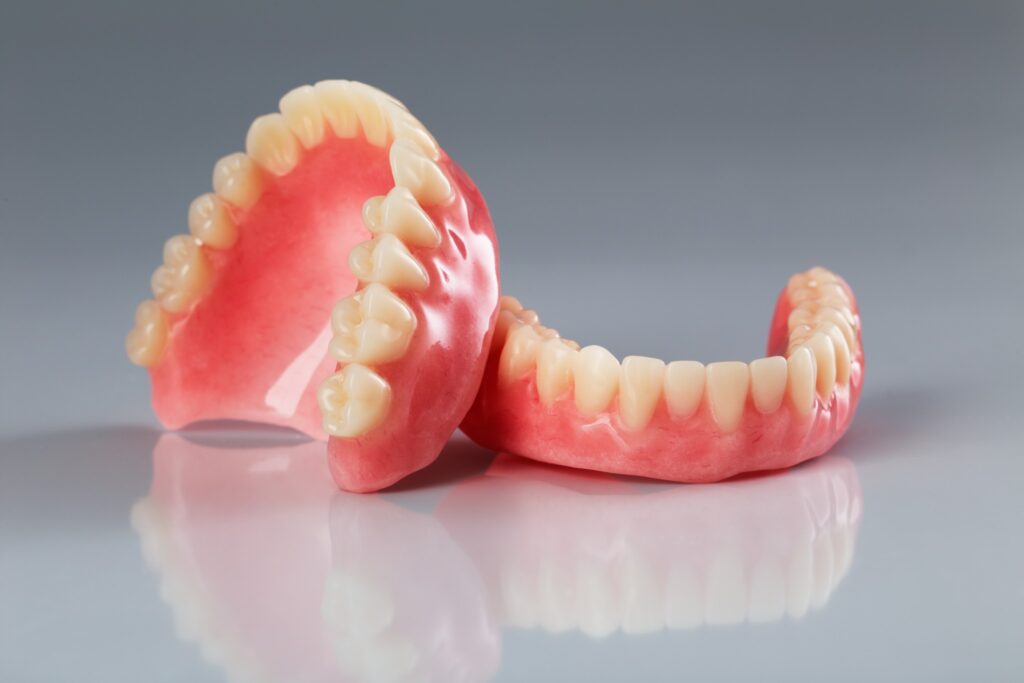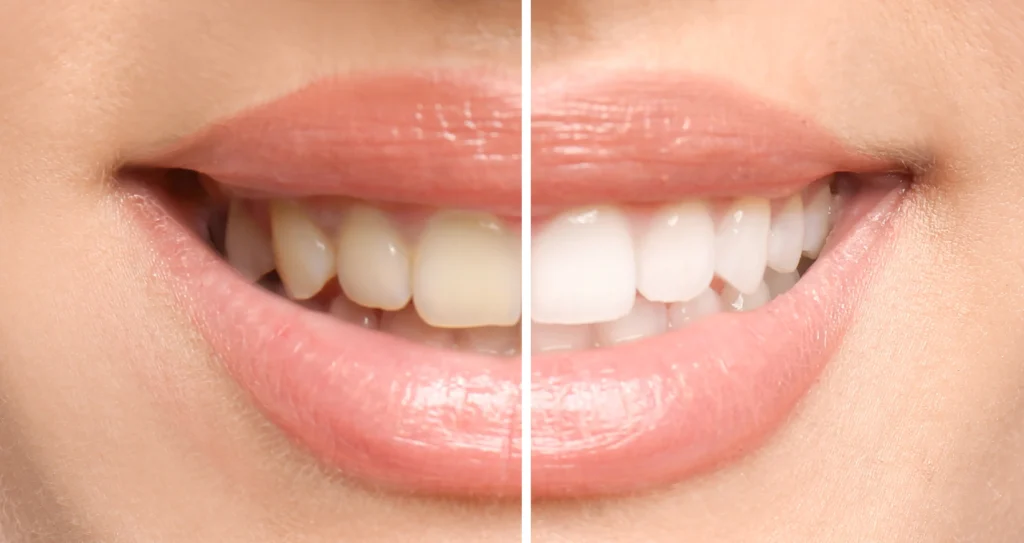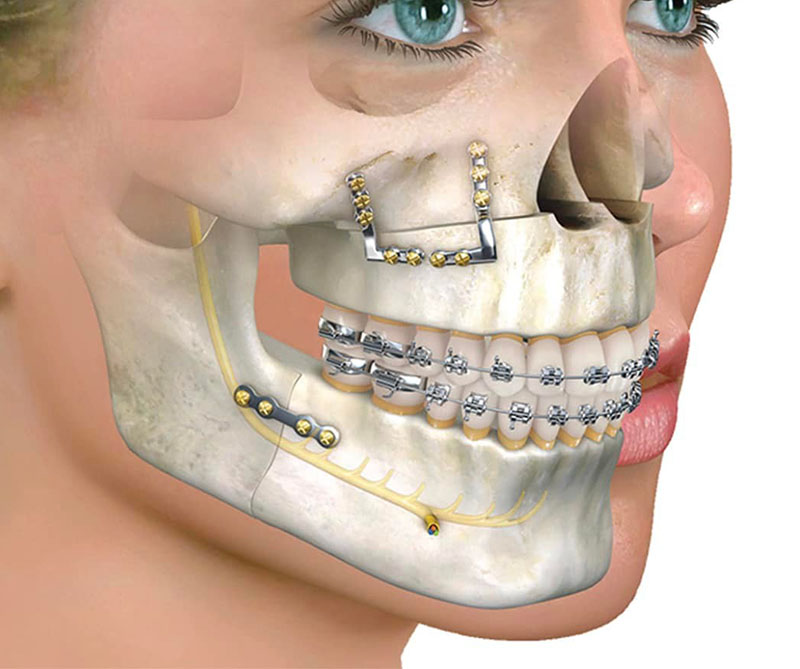A root canal is an essential procedure for maintaining the health of a tooth. This treatment is performed when the pulp in the center of the tooth becomes infected or inflamed due to decay, cracks, or trauma. Without a root canal, your tooth can become severely damaged and possibly unsalvageable.
While a root canal is one of the most common dental procedures performed, there are many misconceptions attached to it.
In this simple guide, you will learn all you need to know about having a root canal procedure in Saint John. Read on to learn more!
Why Is A Root Canal Performed?
A root canal is usually performed when there is an infection either in the gum or a tooth. It can also be an option if a tooth was broken below the gum line due to an accident, exposing the pulp to air.
A root canal is performed to stop an already present infection from worsening. The tooth has to be physically able to endure the procedure and should not be overly decayed or excessively damaged. In these cases, an extraction can be a better option.
Steps Of The Root Canal Procedure
The procedure begins with an X-Ray where a dentist can assess the damage of your tooth and the extent of the abscess. On the day of the procedure, your mouth will be numbed with a local anesthetic.
Then your dentist will drill down into the tooth to access the infected pulp. Once exposed, the infected tooth debris will be gently removed with a series of sterile brushes until the pulp is clear of any infection.
Now for the fiddly bit! The canal (access route) has to be filled. This will require your dentist to gently place the filling material into the tooth, packing it back to the top. Once complete, the access hole is concealed with either a filling, crown or, in some instances, a veneer.
Root Canals Vs Tooth Extractions
As mentioned before, an obvious advantage of a root canal is that it preserves the tooth. This helps with both aesthetic issues and the functionality of the mouth and teeth.
While tooth extraction may seem preferable, remember that this can cause plaque to accumulate and may even lead to misalignments. As the jaw is no longer holding a tooth in place, it will shrink, causing the surrounding teeth to move into unusual positions.
And, of course, if you opt for an extraction, you will need a restorative procedure to hide the gap and allow you to eat food correctly. Whether it’s a denture, bridge, or even a dental implant, these can place unnecessary pressure on your budget.
Aftercare Tips
Once you have your root canal treatment in Saint John, you are free to go about your day as you choose. Keep in mind that for a few days after the procedure, the tooth is likely to feel sensitive to hot and cold drinks, which is normal.
Your tooth will be back to working capacity in a few days. To ensure that your root canal remains in place and that there are no further issues with your teeth, be sure to attend biannual check-ups. Also, maintain good oral hygiene at home with daily brushing and flossing.
Getting To The Bottom Of Root Canals
If you are experiencing a toothache, it’s important to get to the dentist as soon as possible to ensure that there is nothing wrong with your tooth. A reliable dentist in Saint John can fix your tooth with little to no pain, even if you are having a root canal procedure.
Remember, as unpleasant as a root canal may seem, it is a straightforward procedure that can save you a small fortune in aesthetic and restorative dental fees in the long run!
If you want to know more about root canals or are worried about an upcoming one, visit our blog here or contact our team at Millidge Place Dental Clinic in Saint John for more information.







